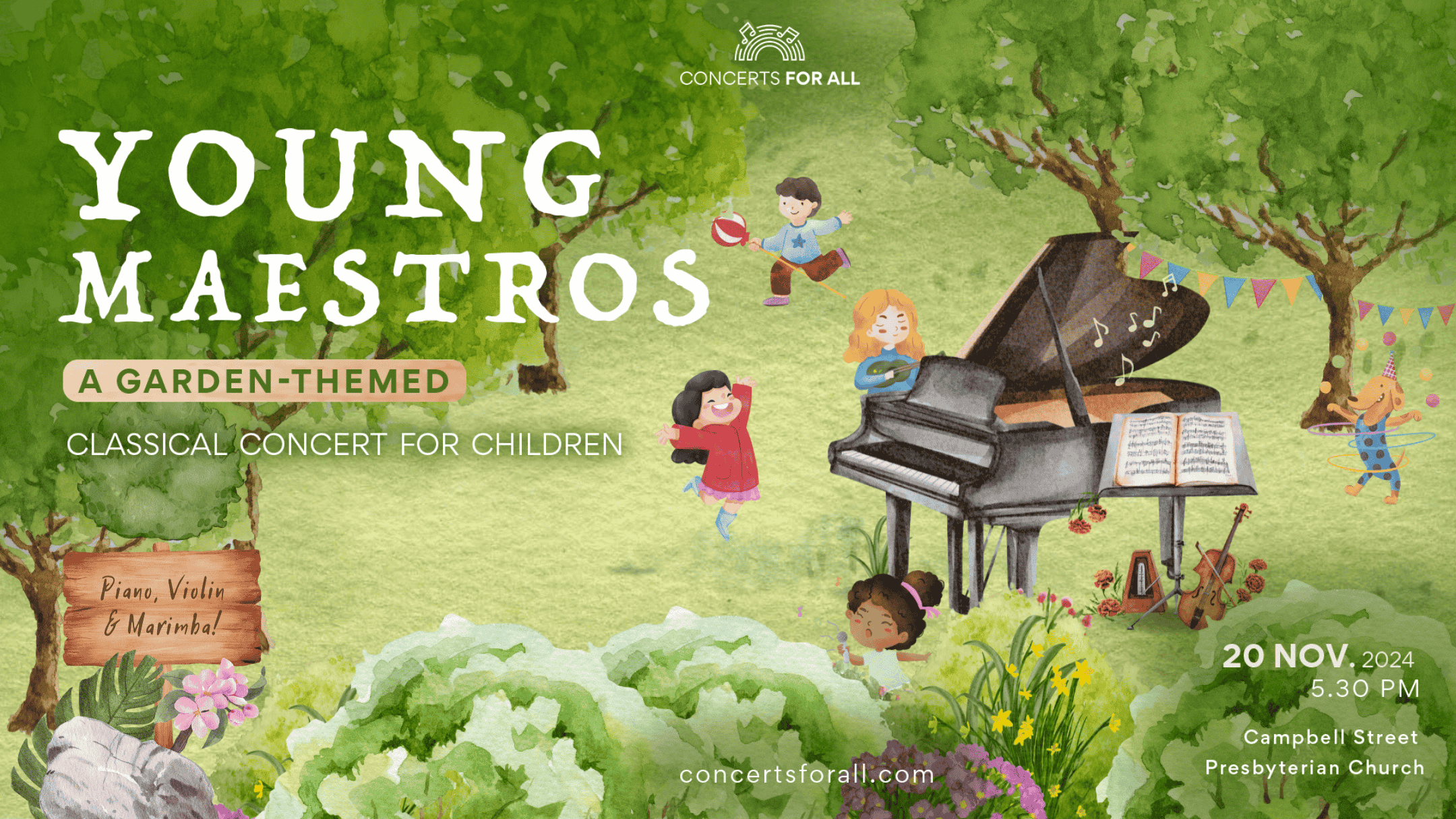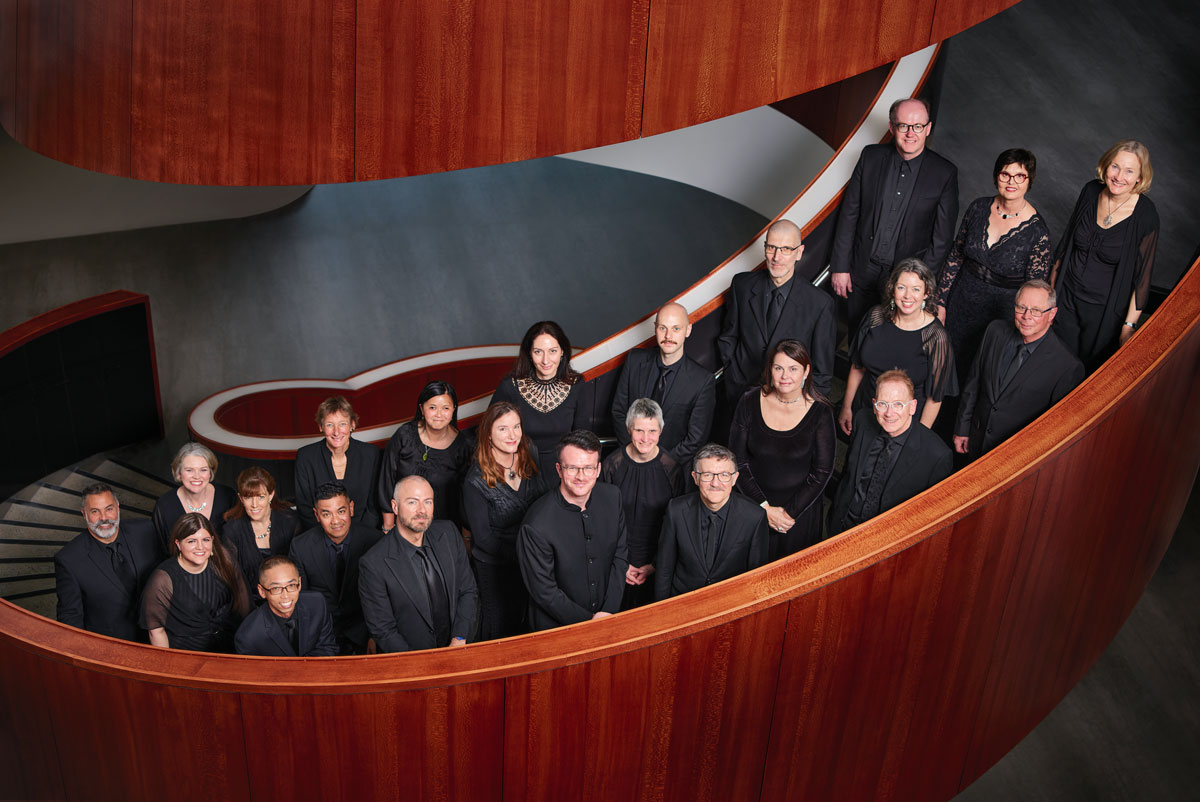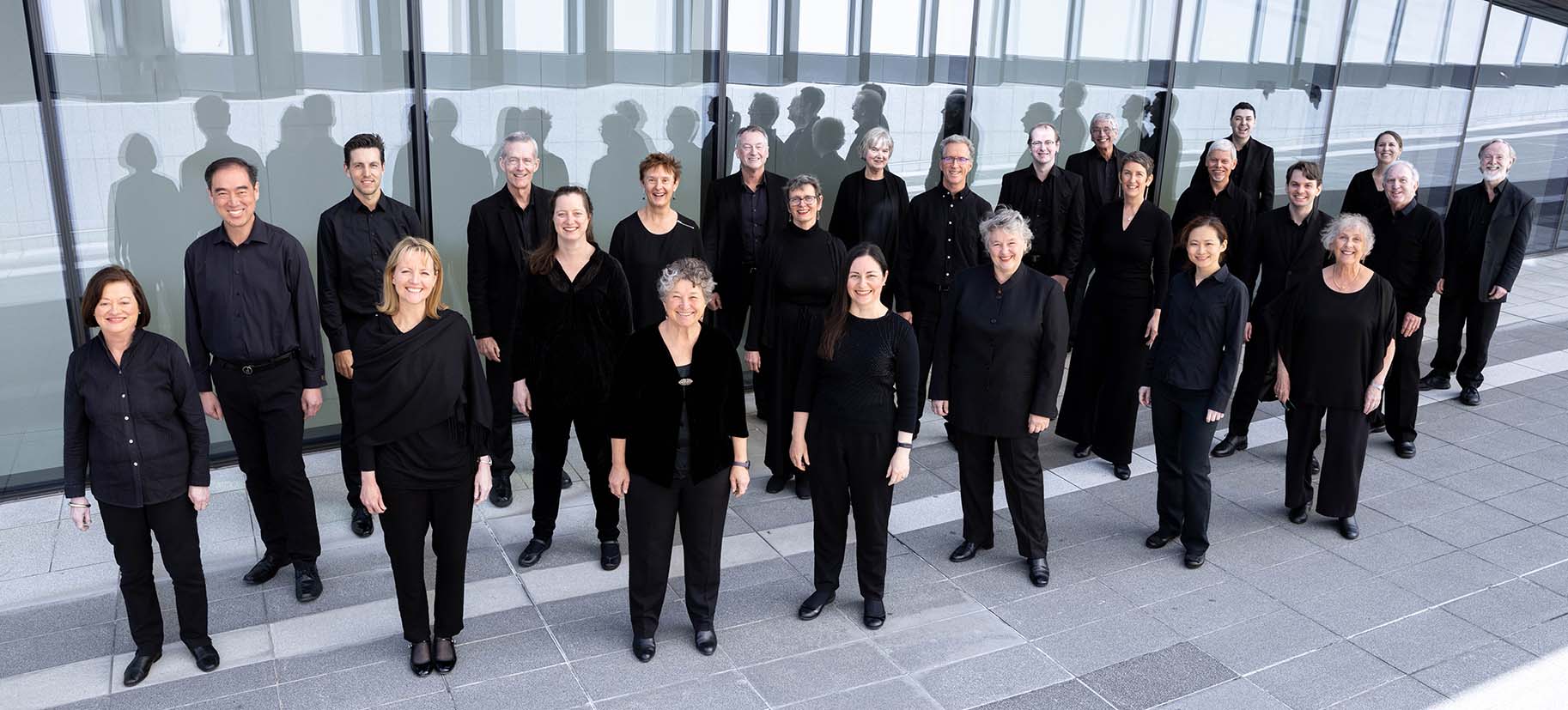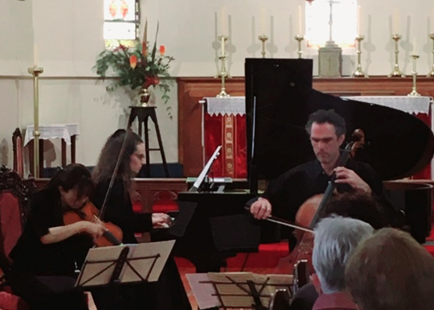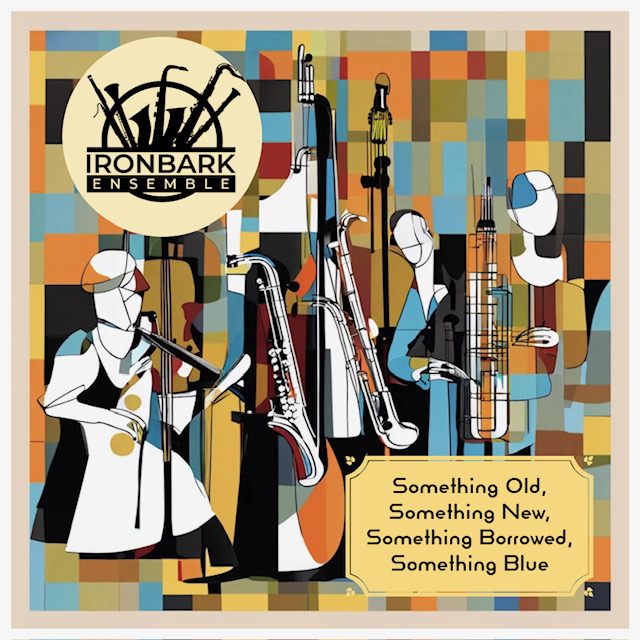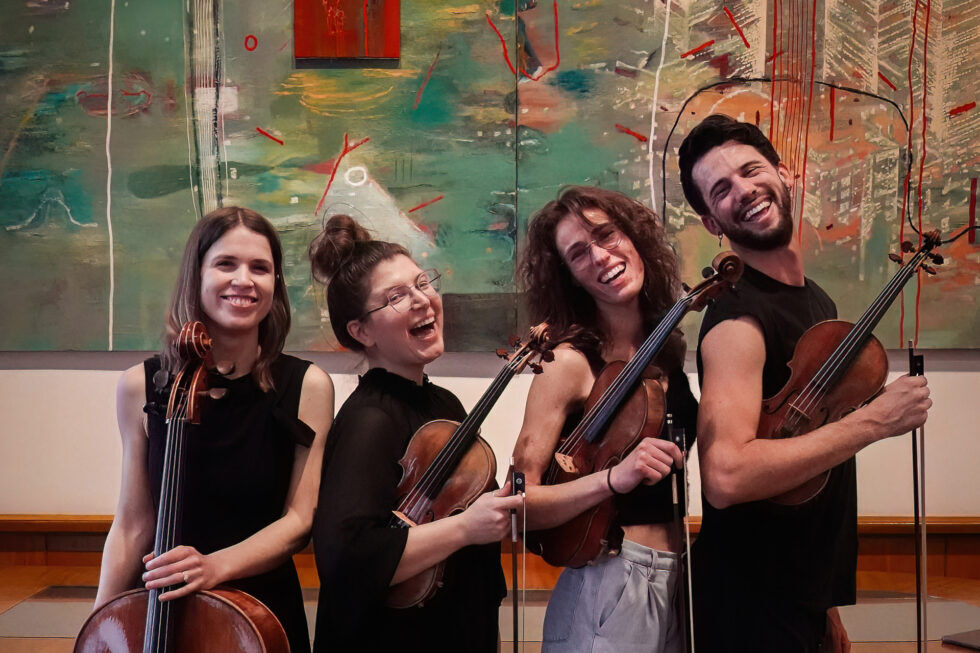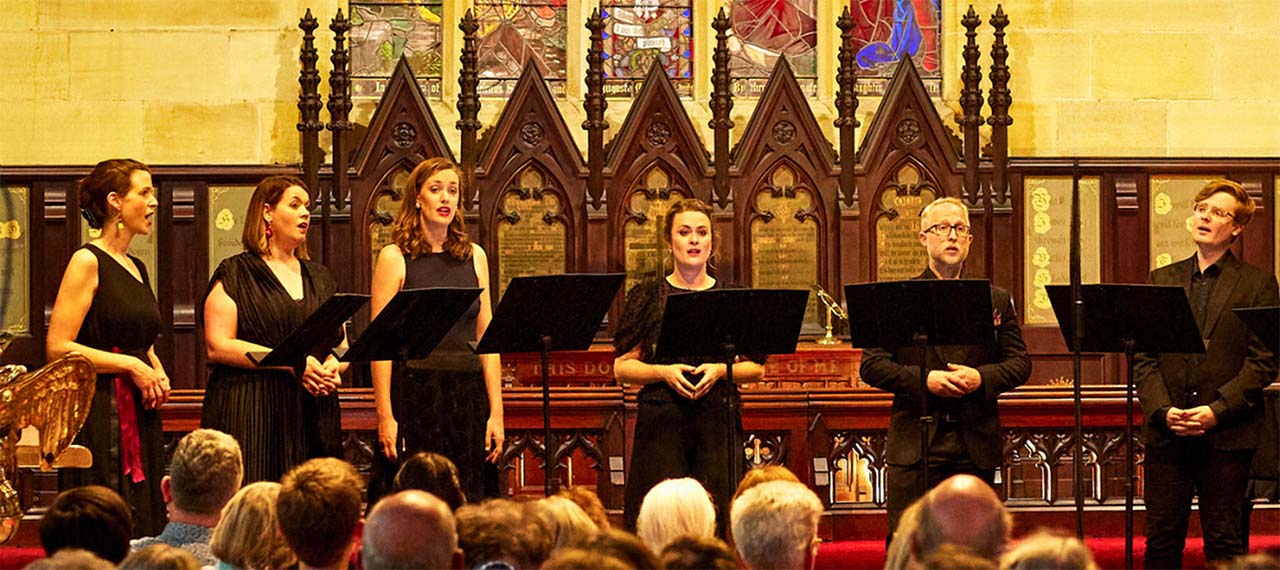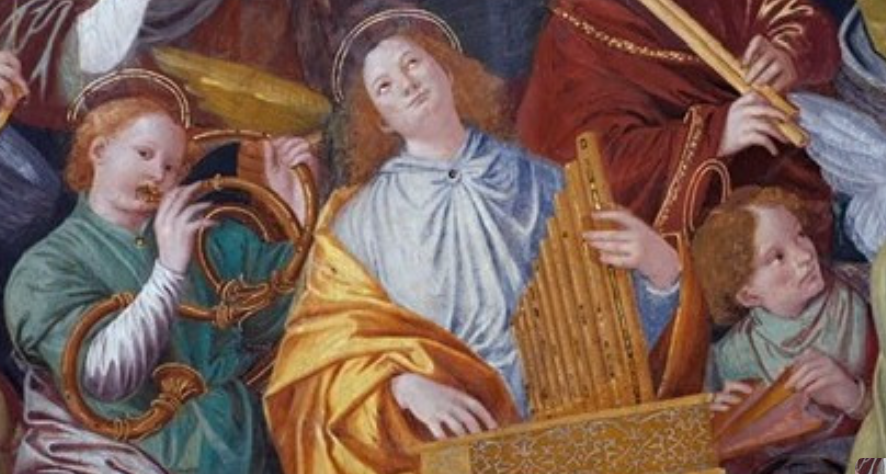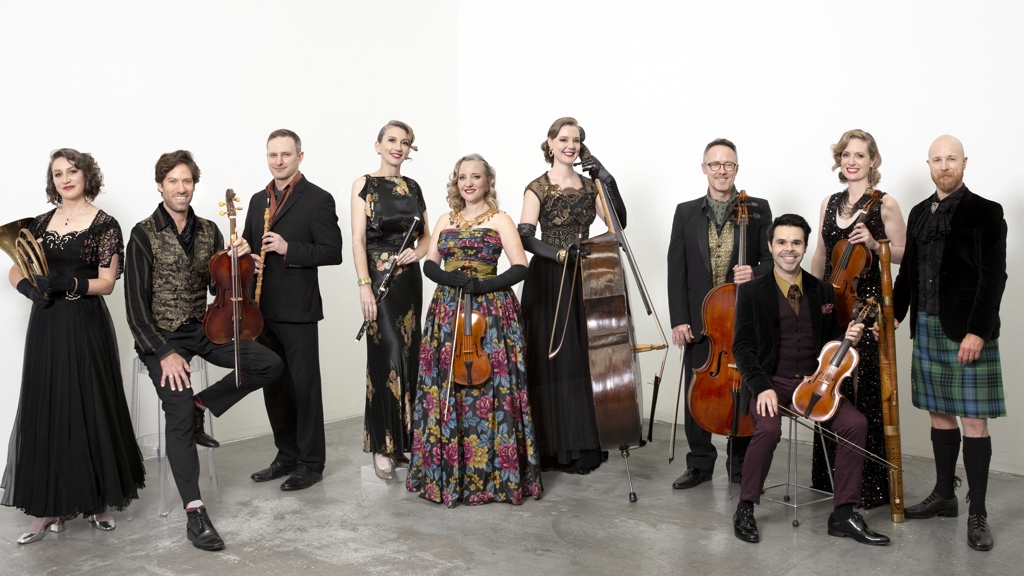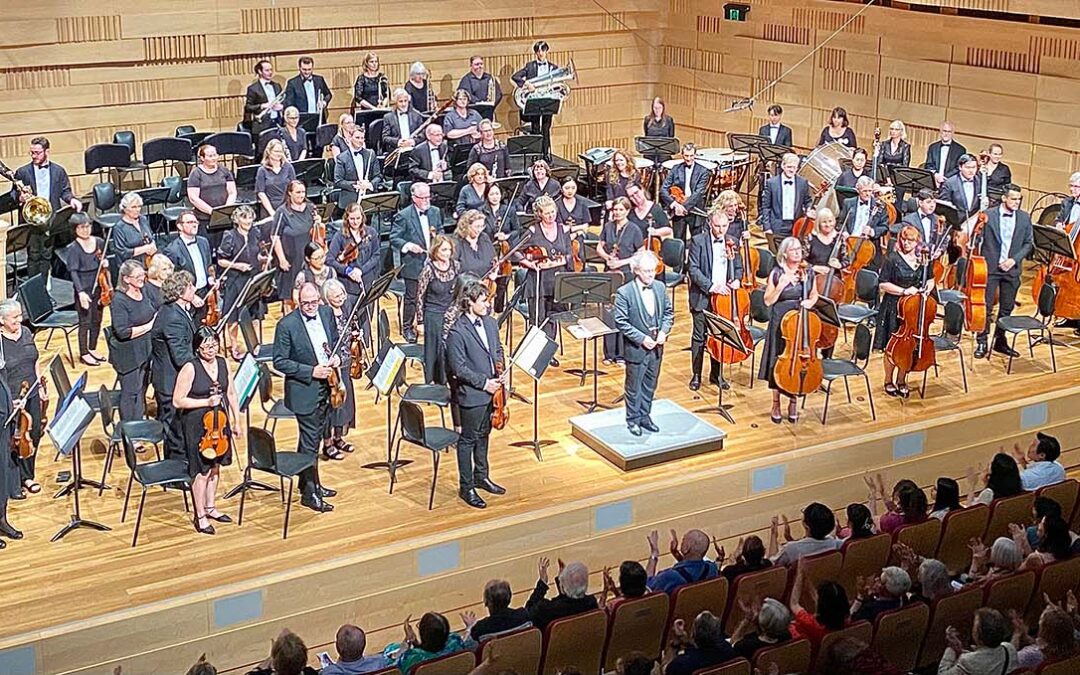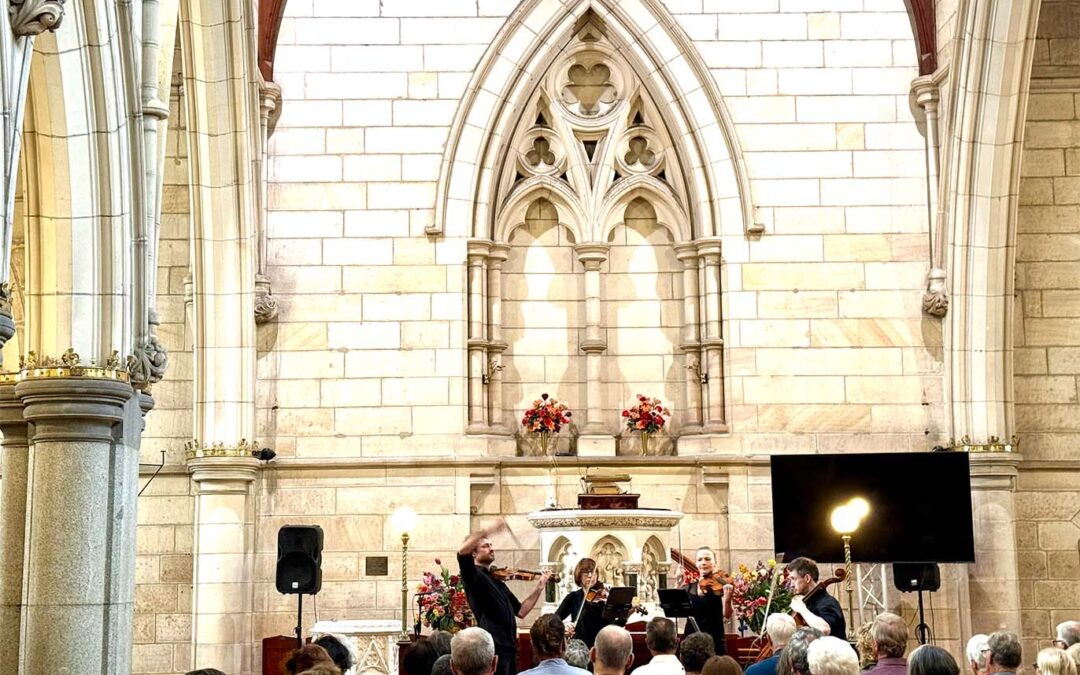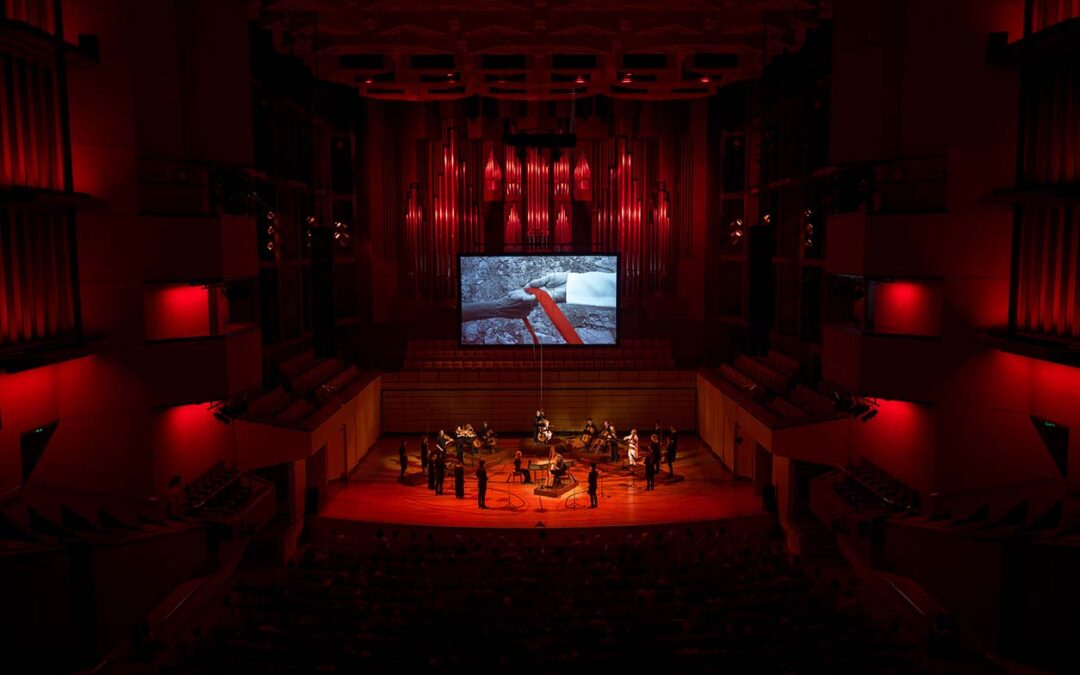Sydney Symphony Orchestra | Simone Young conduct’s Mozart’s Jupiter Symphony
9 November 2024, Sydney Opera House, NSW
PROGRAM:
JS BACH Brandenburg Concerto No.3
CPE BACH Flute Concerto in G
MOZART Symphony No.41, Jupiter
ARTISTS:
SIMONE YOUNG conductor
JOSHUA BATTY flute
Sydney Symphony Orchestra
The program commenced with father-son concertos featuring JS Bach and CPE. Notably, Young led both these pieces from the harpsichord.
JS Bach’s Brandenburg Concerto No. 3 in G is scored for strings (and continuo) alone. In this instance, the orchestra played it standing up, similar to other baroque groups like the Australian Chamber Orchestra and the Australian Brandenburg Orchestra. However, unlike these groups, all instruments were modern rather than period instruments. This decision was likely made for several reasons. Firstly, the Sydney Symphony Orchestra’s core repertoire primarily consists of music from the 19th century and beyond. Many musicians wouldn’t have access to or the suitable experience to play period instruments; a skill all in itself. Secondly, the Concert Hall of the Sydney Opera House is an enormous venue, unlike any available during the Baroque or early Classical periods. Modern stringed instruments have slightly longer strings for increased tension and are made of steel instead of gut. This combination of factors results in a louder and brighter sound that better fills the vast space. Since the late 1970s, we’ve become accustomed to hearing this music played on period instruments, and the sound is quite different. Consequently, the sound produced by this ensemble was robust and reminiscent of recordings from the 1950s and 60s. Fortunately, there was only one instrument per part (4 violins, 4 violas, 3 cellos, and a double bass continuo), unlike what we might have heard from Karajan with the entire 50-member string section of the Berlin Philharmonic! It’s worth noting that, by the nature of Bach’s music, it is pretty hard to murder it; you could play it on a kazoo and it would still have a level of musical satisfaction!
Despite all this, the members of the SSO are of course extraordinarily competent musicians and this early music poses no technical difficulties for them. Consequently, they approached the piece with a lively tempo and evident enjoyment. The performance, loud and bright as it was, brimmed with energy.
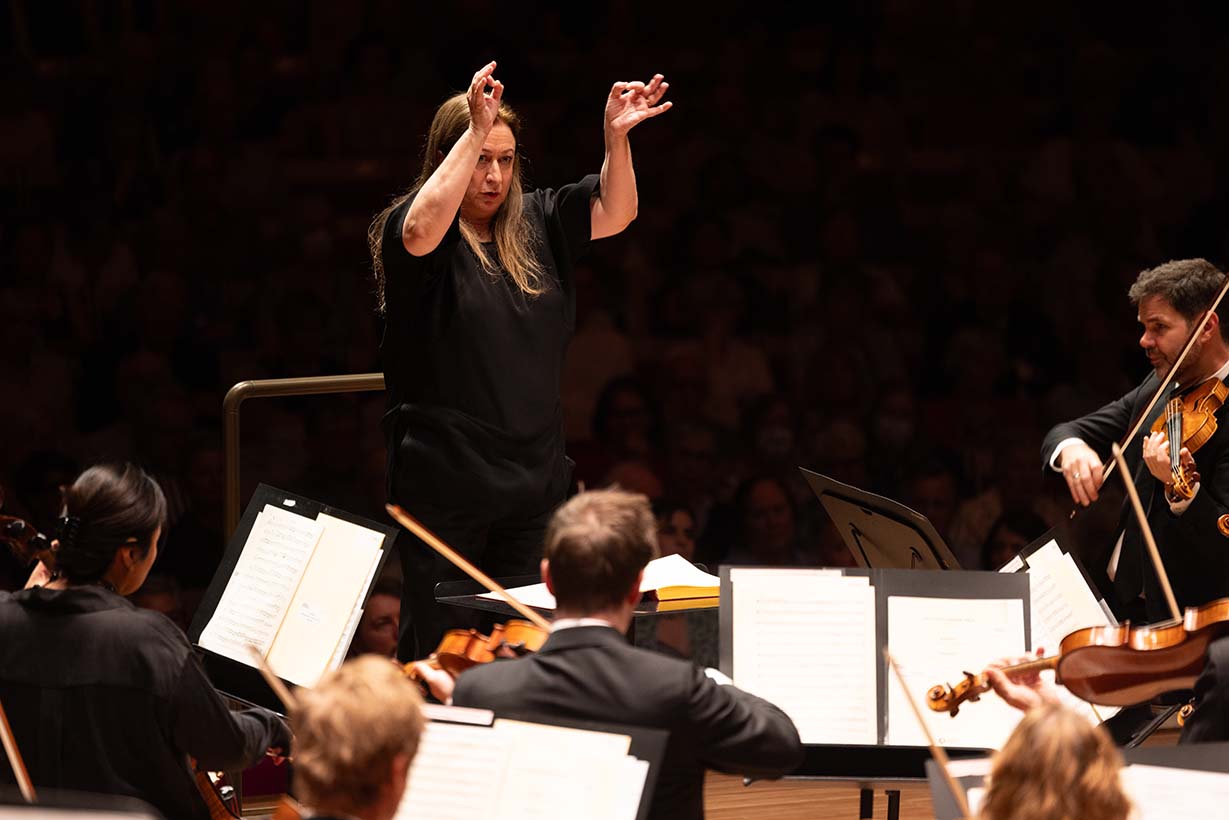
In JSB’s score, the Adagio movement consists solely of two consecutive chords, and various instruments added their own graceful improvisations to facilitate the smooth transition between the two rapid movements.
CPE Bach’s Flute Concerto in G more closely resembles the modern concerto format, featuring an orchestra with a prominent solo instrument, in this case, a flute. Rather than having a guest artist, Joshua Batty, the principal flautist in the SSO, took on the role of the soloist. Unlike the wooden flute used in the mid-18th century, Batty performed on the modern metal instrument that produces a less gentle and significantly louder sound. With confident assurance, Batty executed the virtuosic melismas, beautifully contrasting them with the lyrical sections. His expressive abilities were truly showcased in the improvised cadenzas. Throughout the final movement, Batty maintained a steady tone, even during the florid passages. The orchestra was exceptionally well-rehearsed; Young barely provided any direction from the harpsichord, yet the tutti sections maintained a tight rhythm and a buoyant tone.
Mozart’s last Symphony, No. 41 in C, is scored for strings, flute, 2 oboes, 2 bassoons, 2 horns, 2 trumpets and timpani – but unusually, no clarinets. This work is a masterpiece of musical architecture and orchestration. After listening to it, one can’t imagine how any note could have been otherwise. It is a reminder of just what an extraordinary composer Mozart is.
Young conducted the piece from the podium this time, and her fluid style emphasised the musical expression and emotions. It was evident that the notes were a breeze for the orchestra. In fact, Young could have easily left them to it in many passages, as some conductors do, and the orchestra could have cruised through it effortlessly. However, Young gave every nuance her full attention, and the orchestra members were completely committed – they focused every ounce of their energy on bringing the music to life.
What set this concert apart was the palpable enjoyment the musicians took in their performance. The packed house responded enthusiastically. While the programming may not have been particularly adventurous, the musical outcomes were certainly impressive and brought the best out of these well-known works. It was a truly enjoyable concert.
Photo credit: Craig Abercrombie

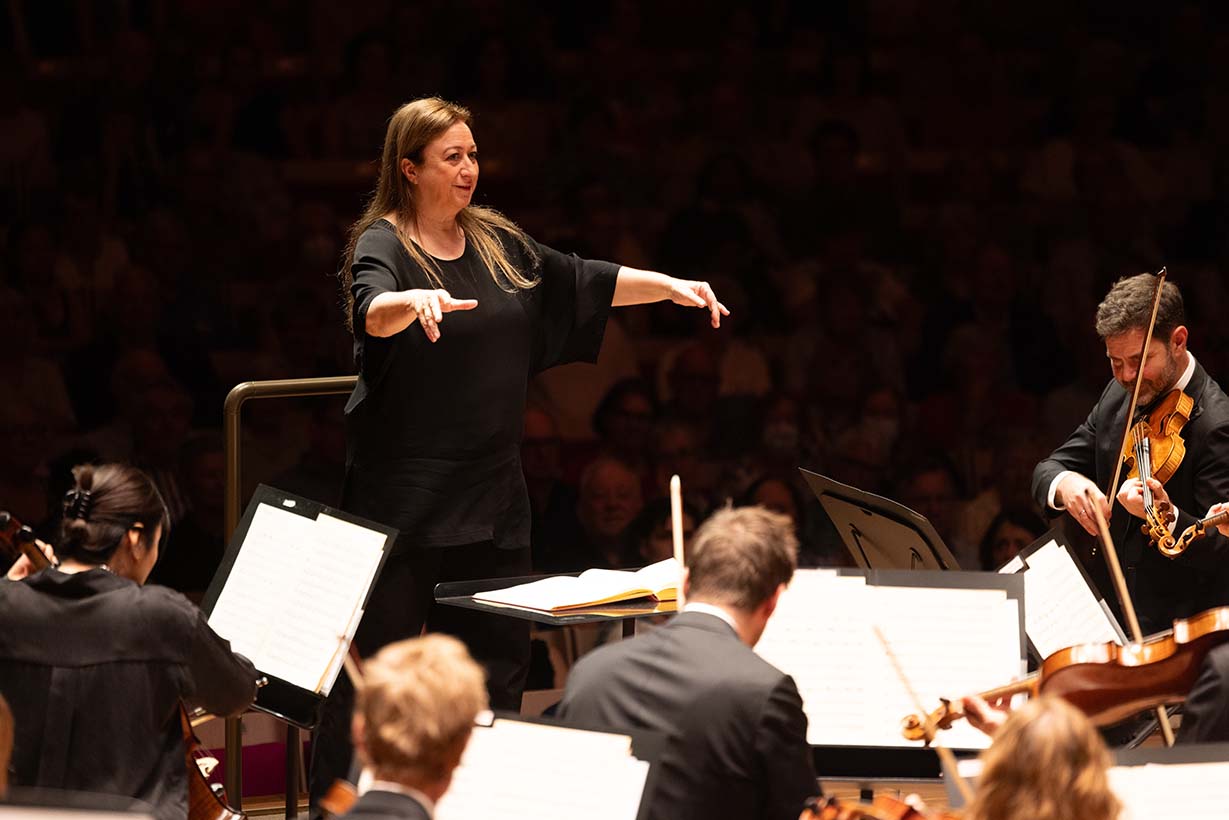
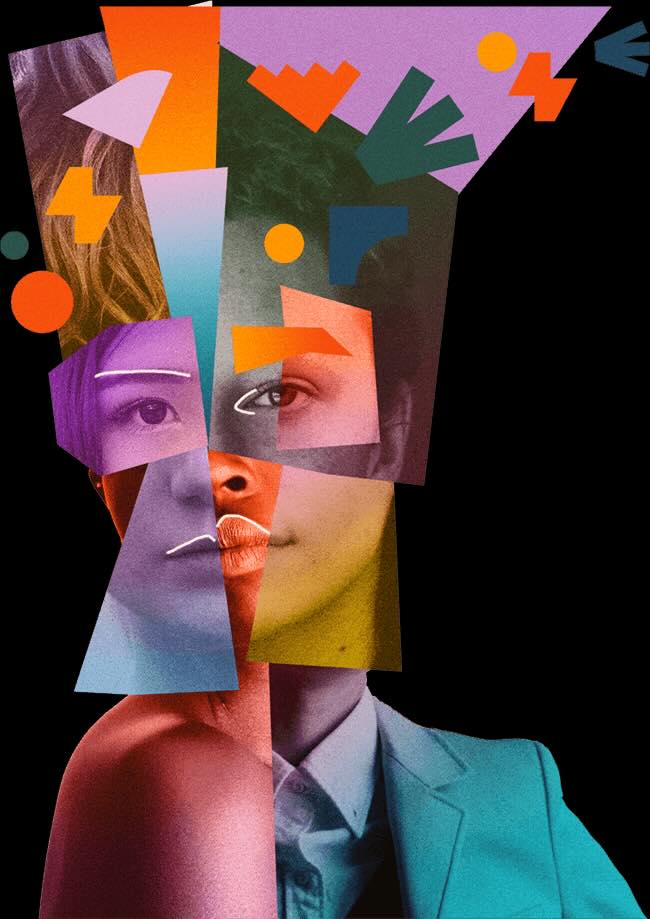


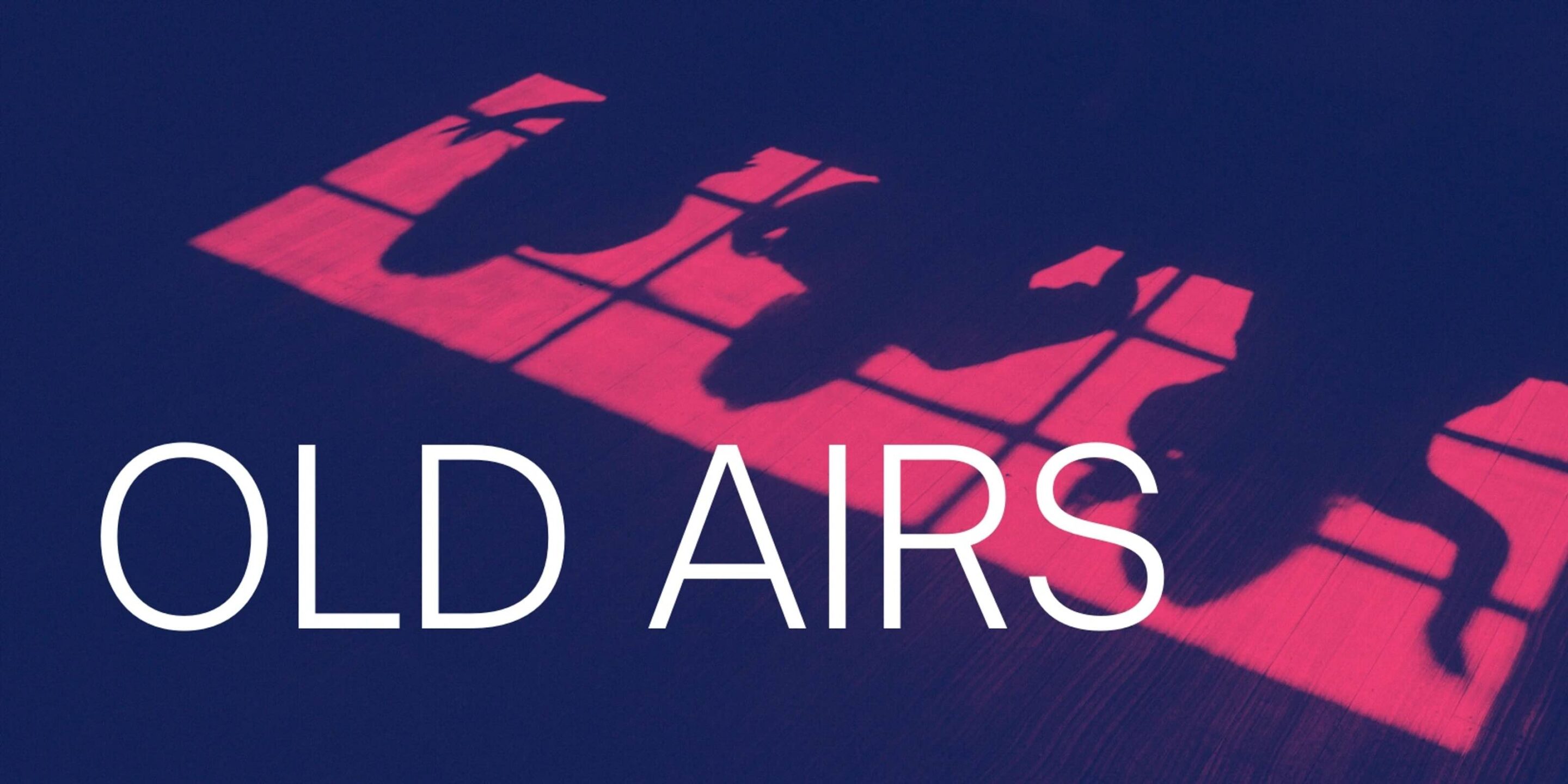
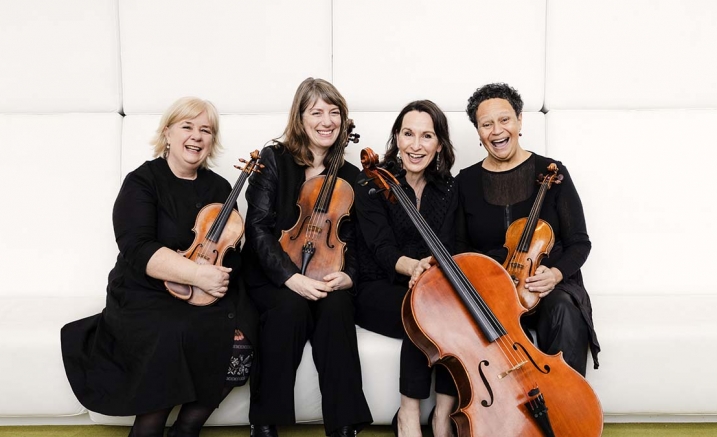


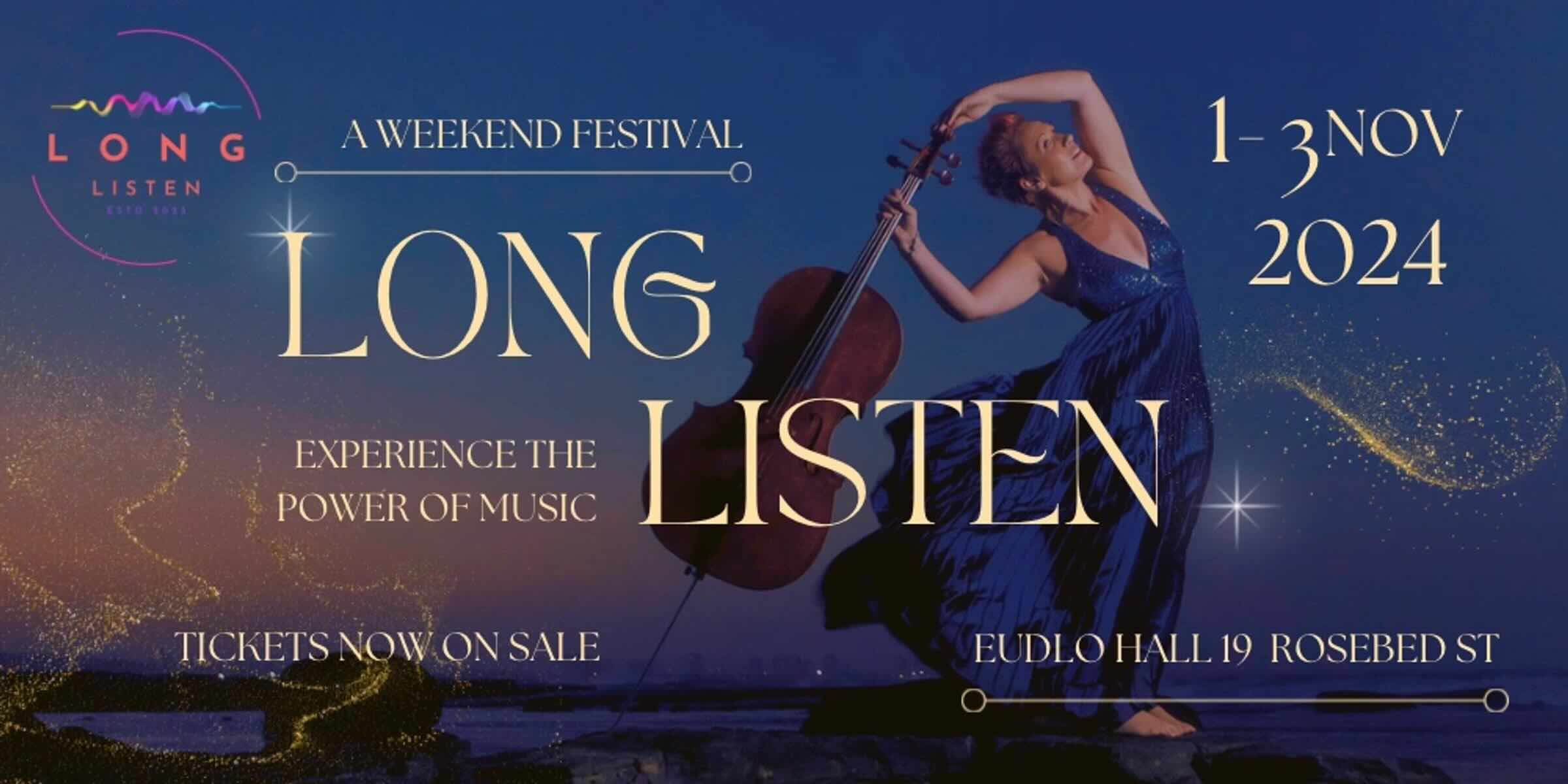
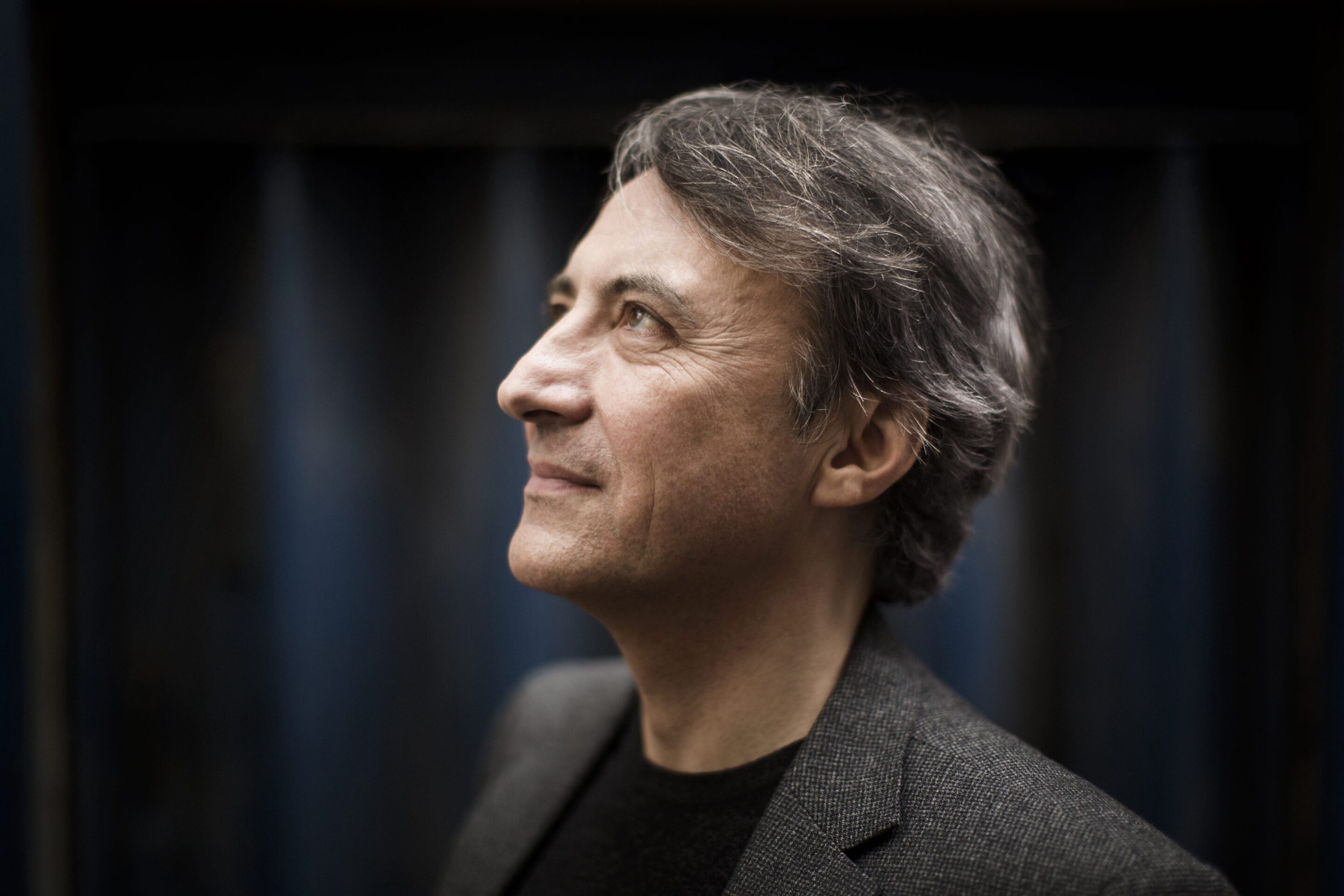

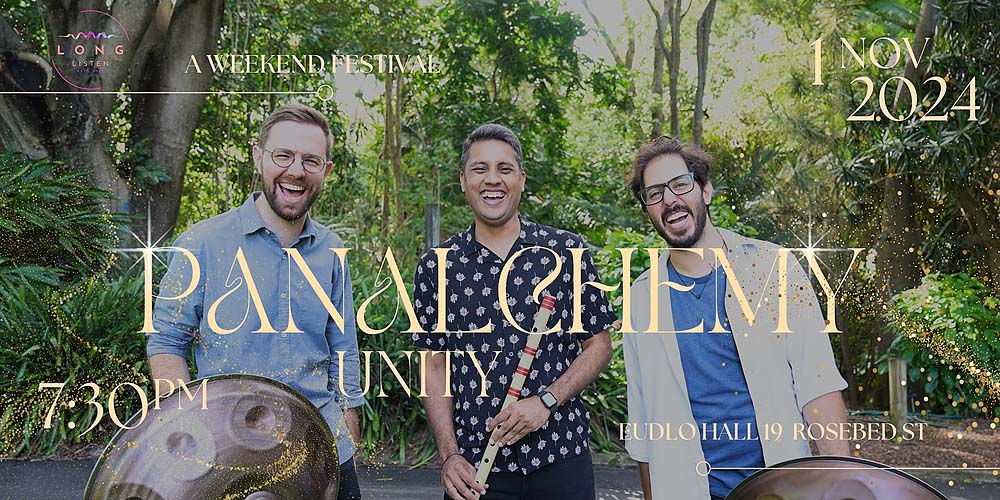
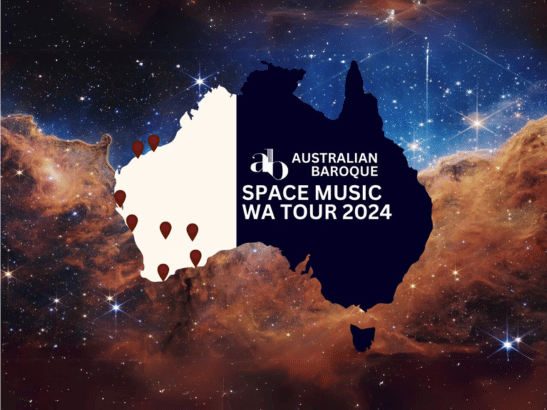
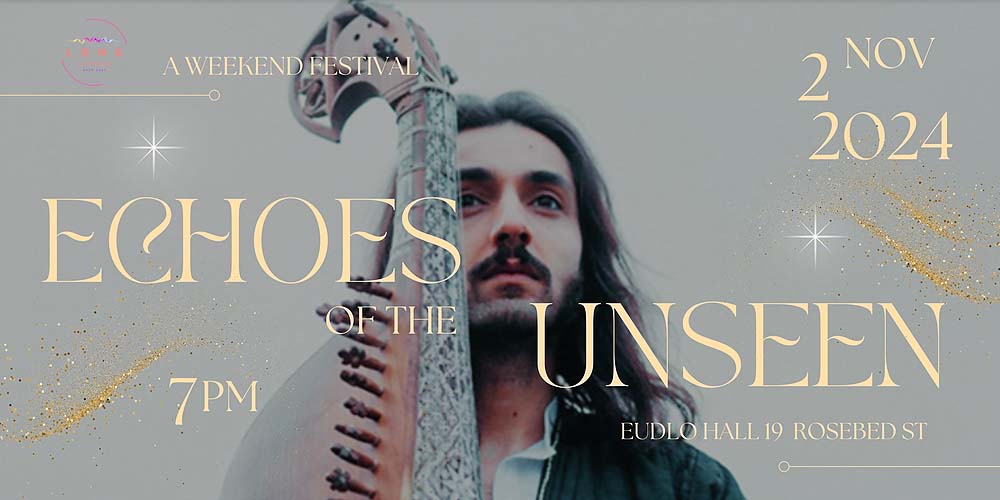
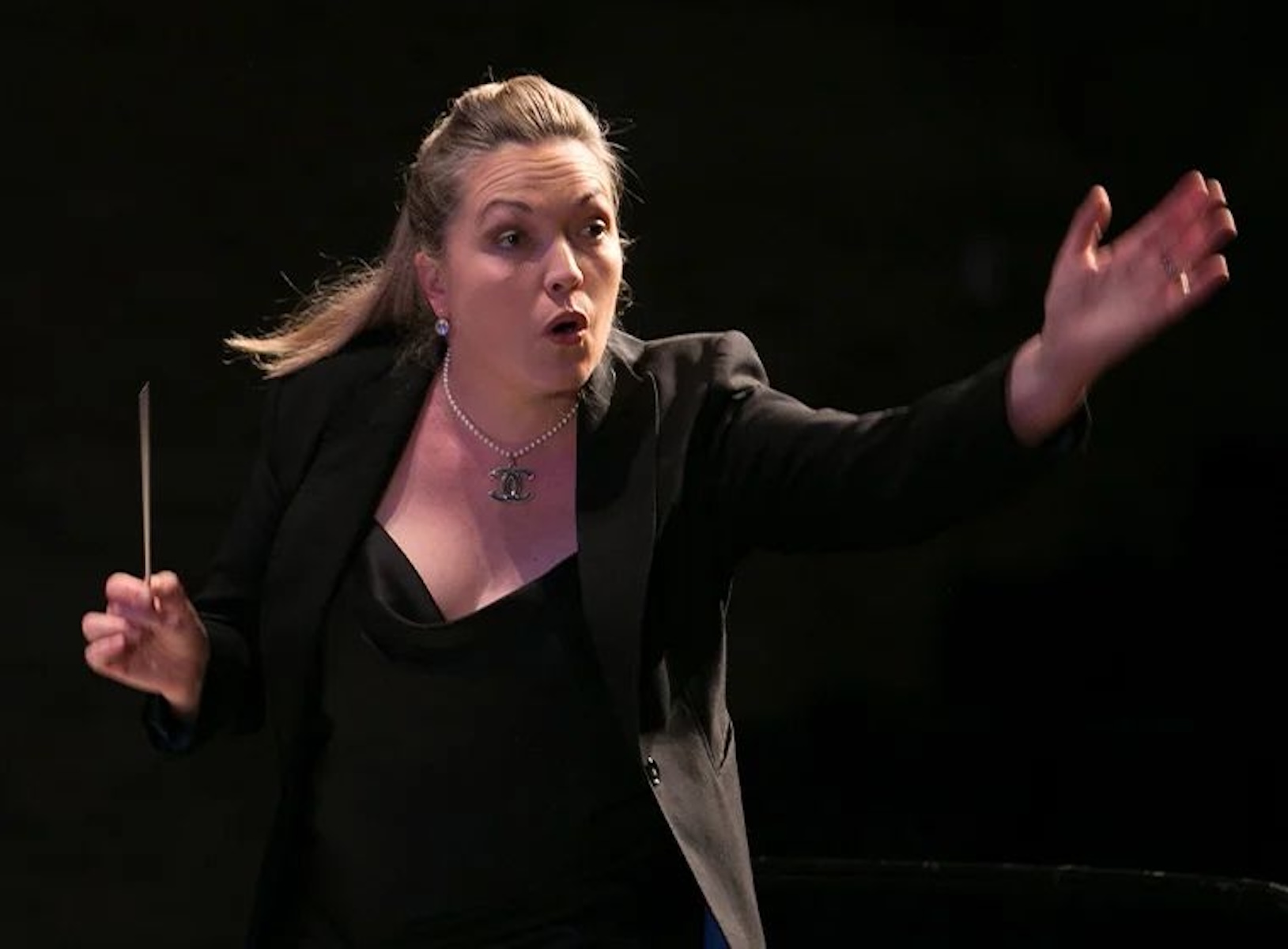
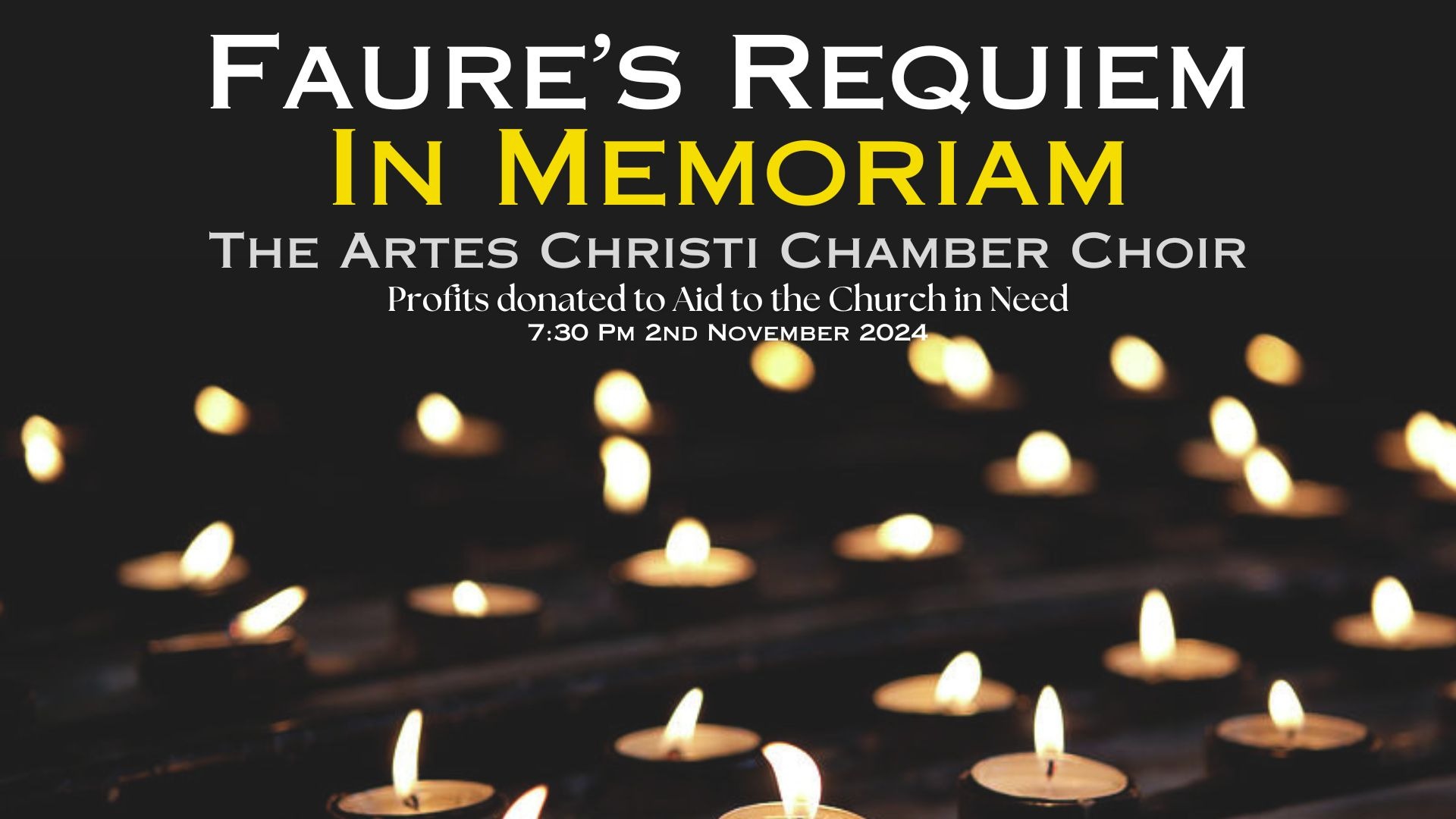
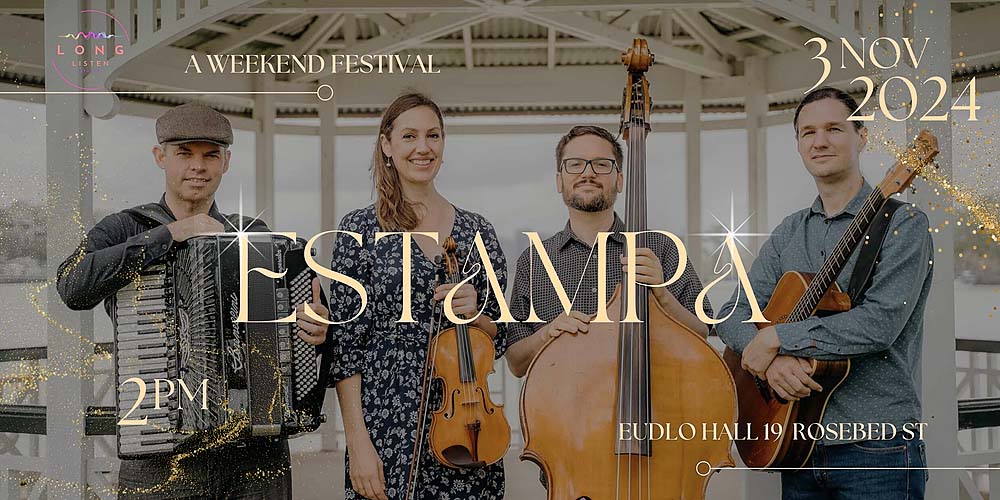

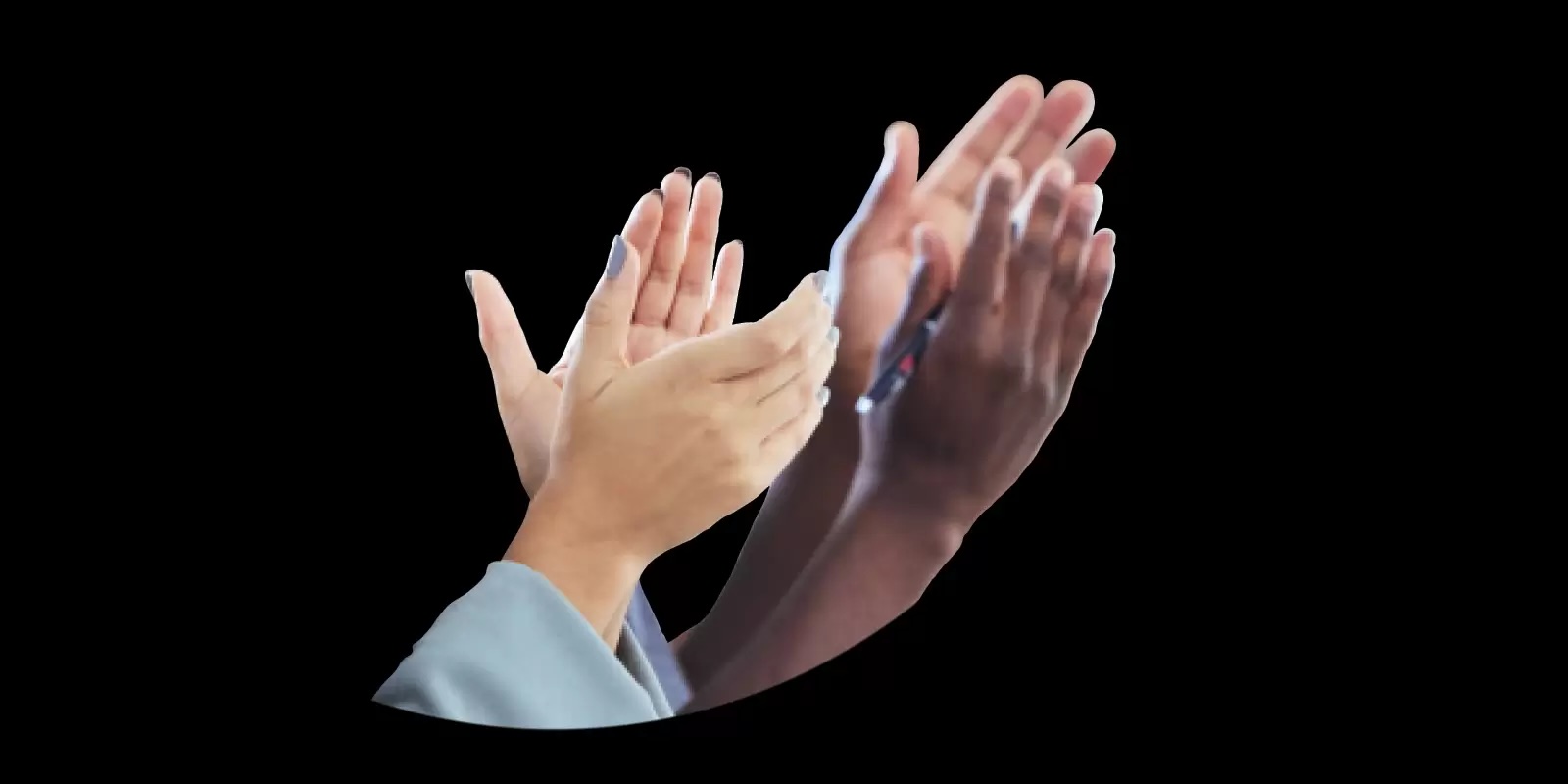



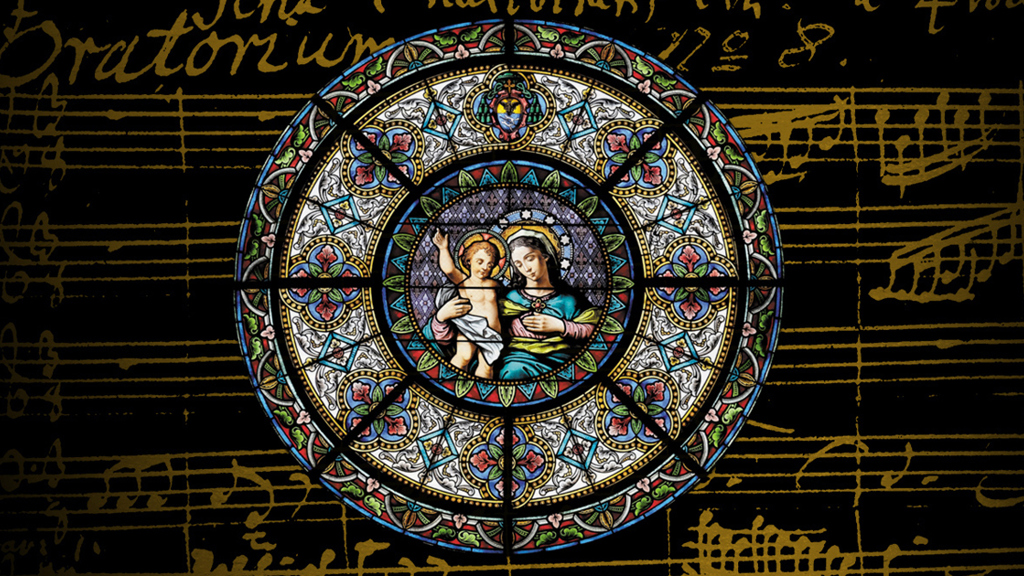
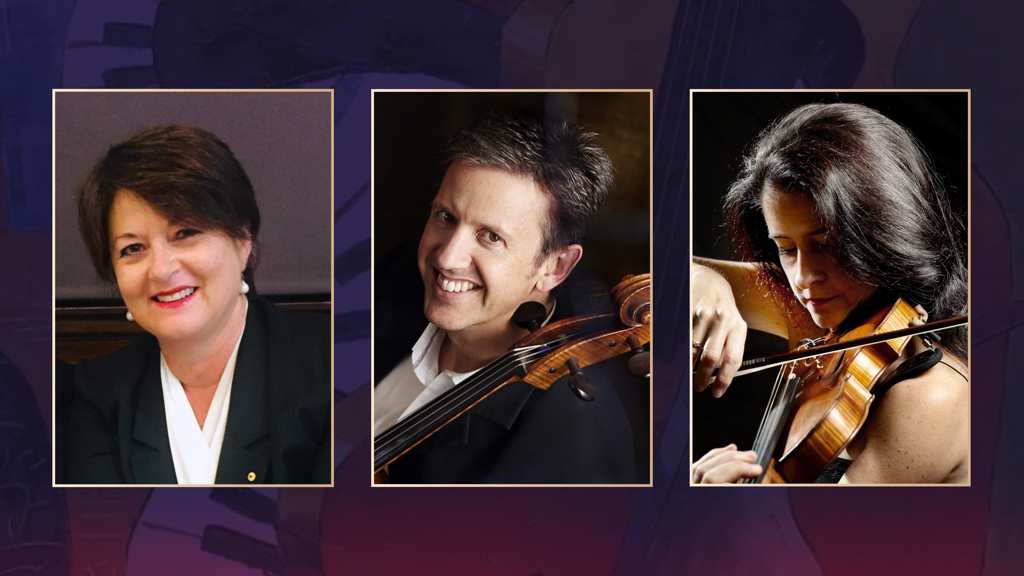

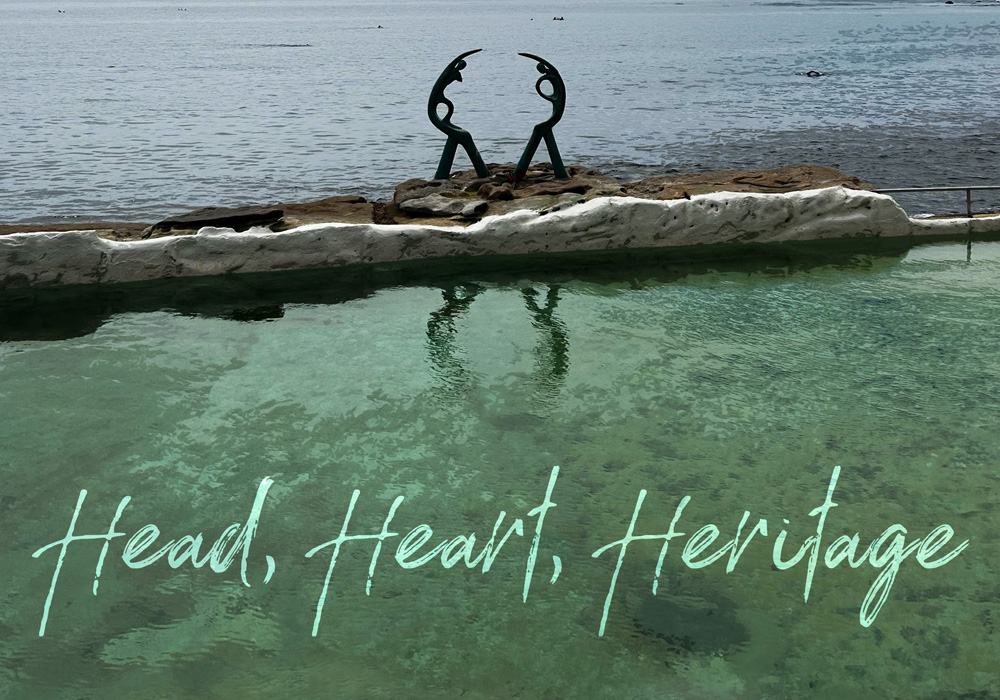
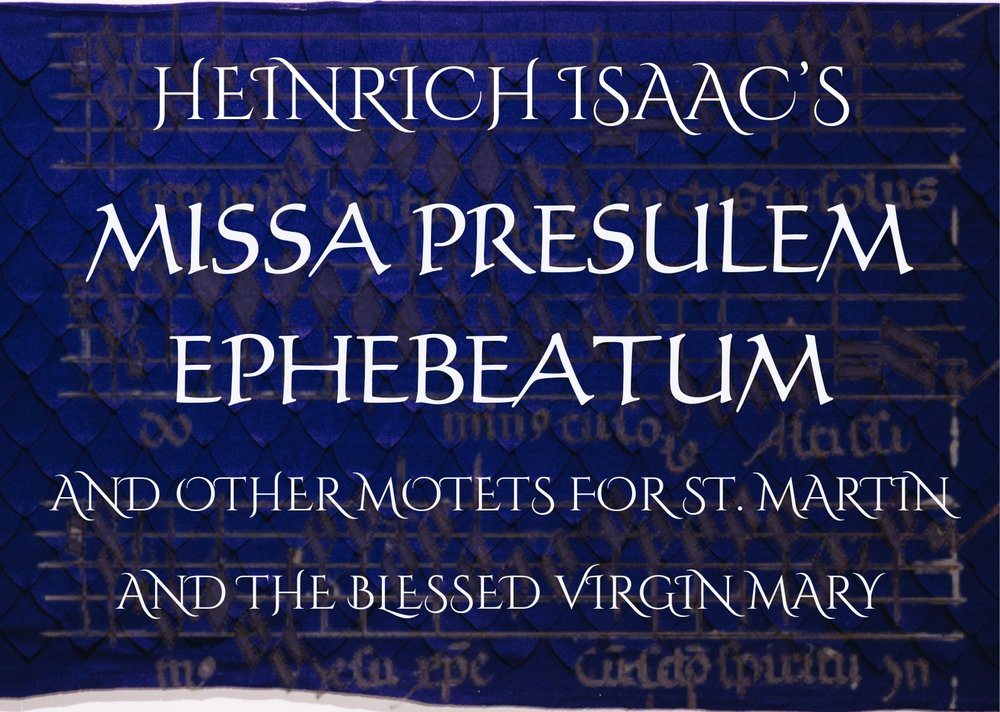
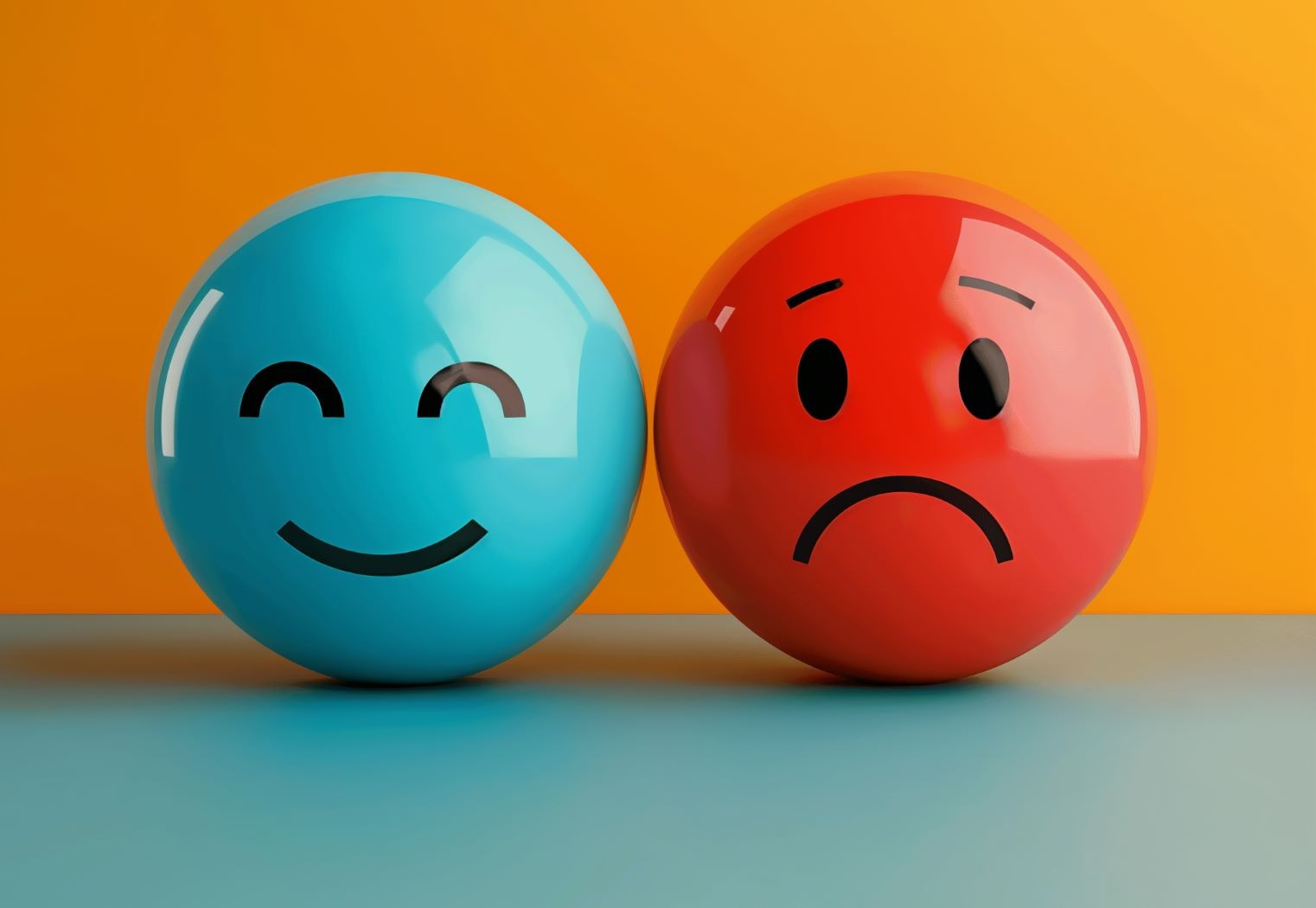
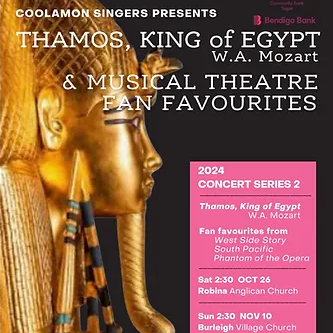
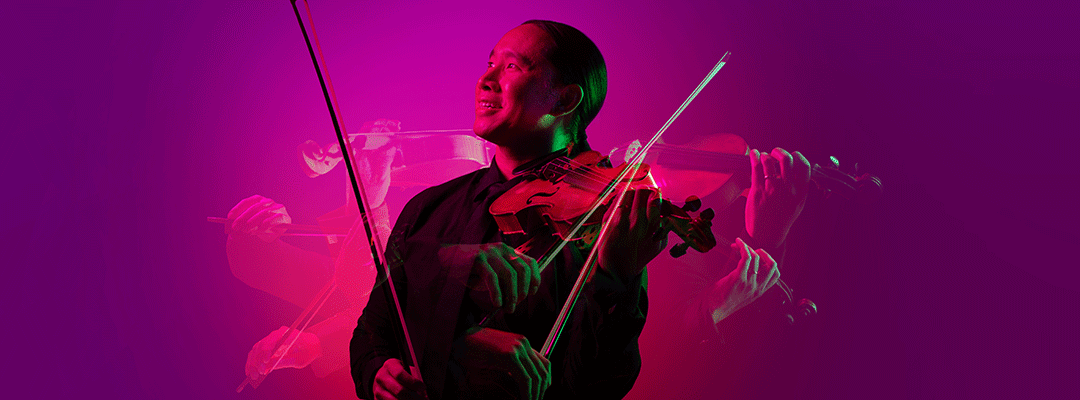
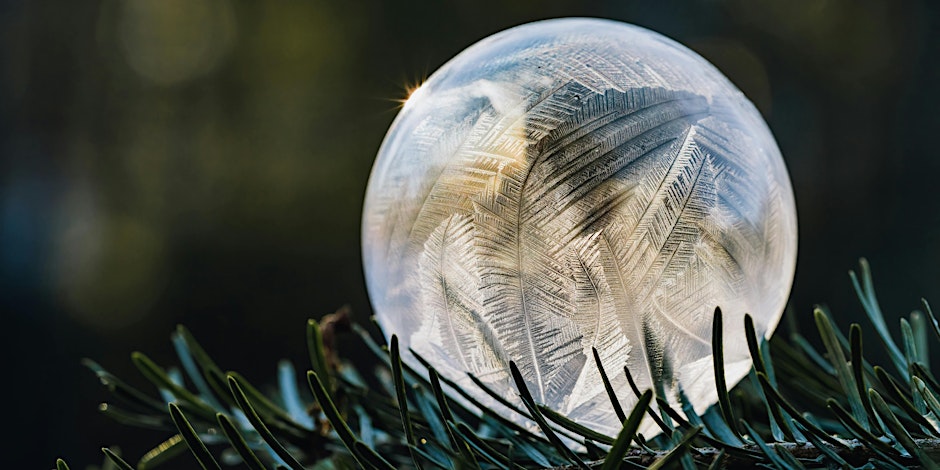

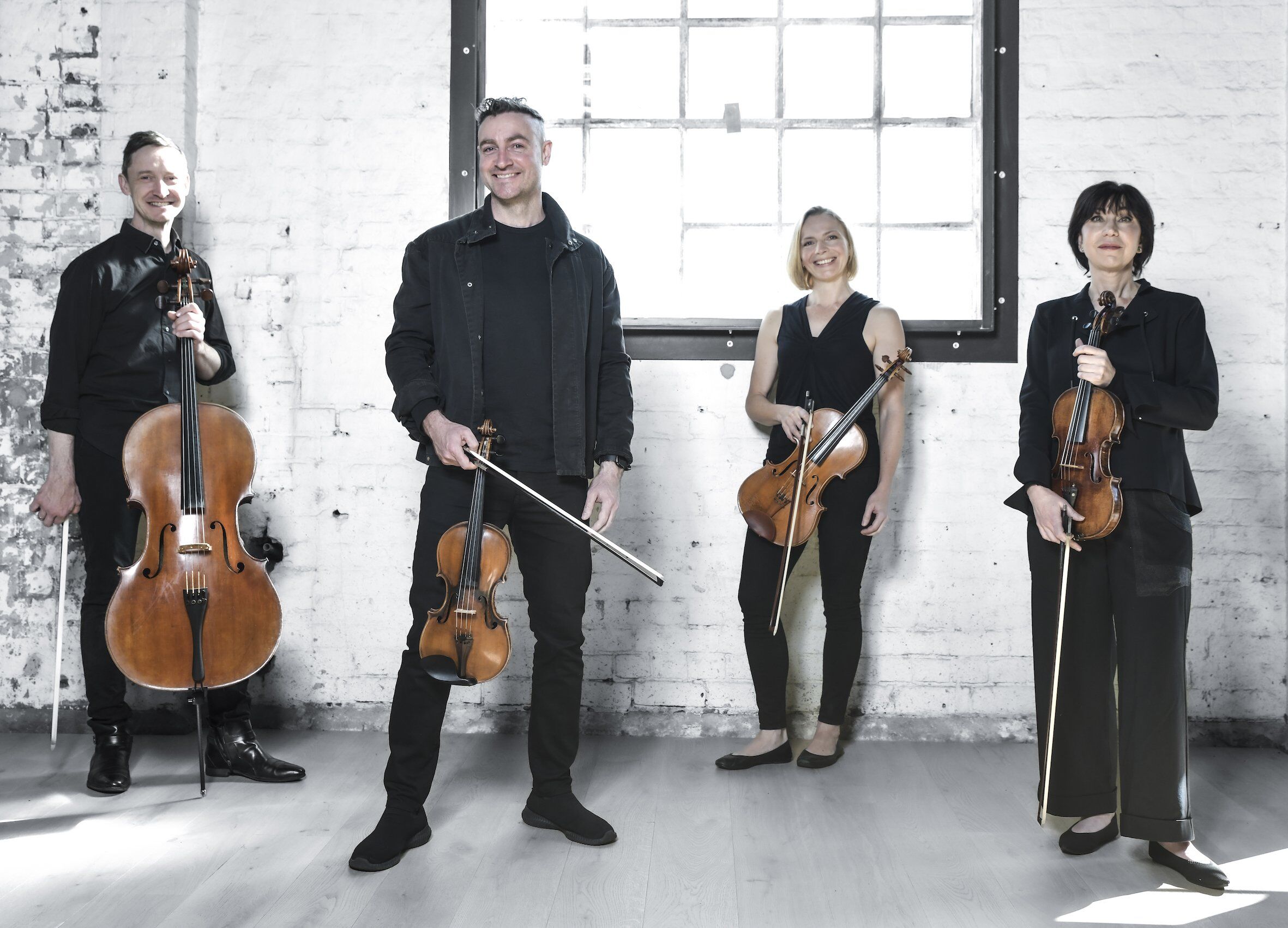

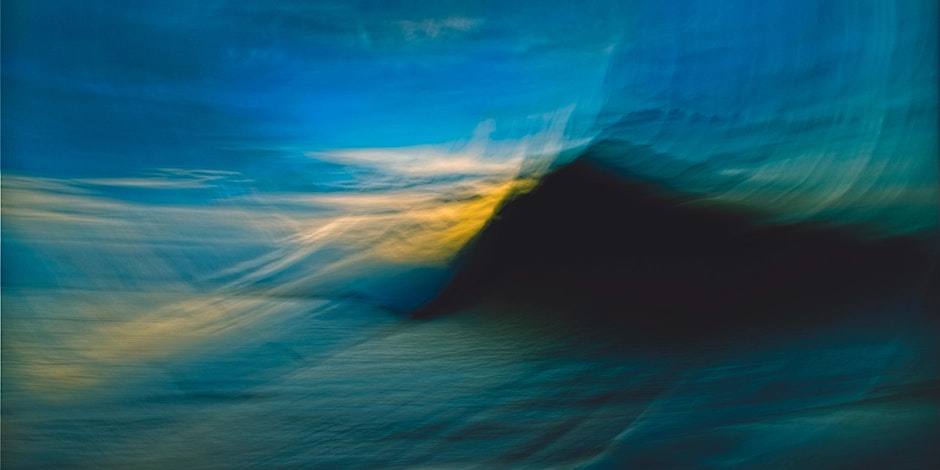

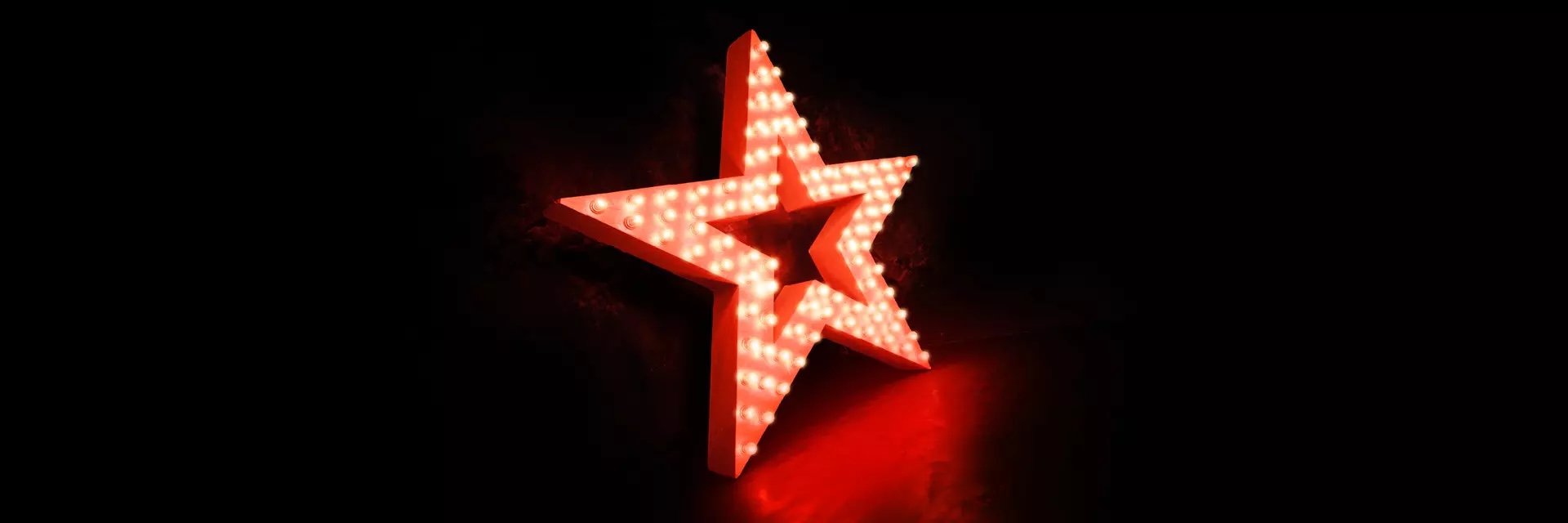

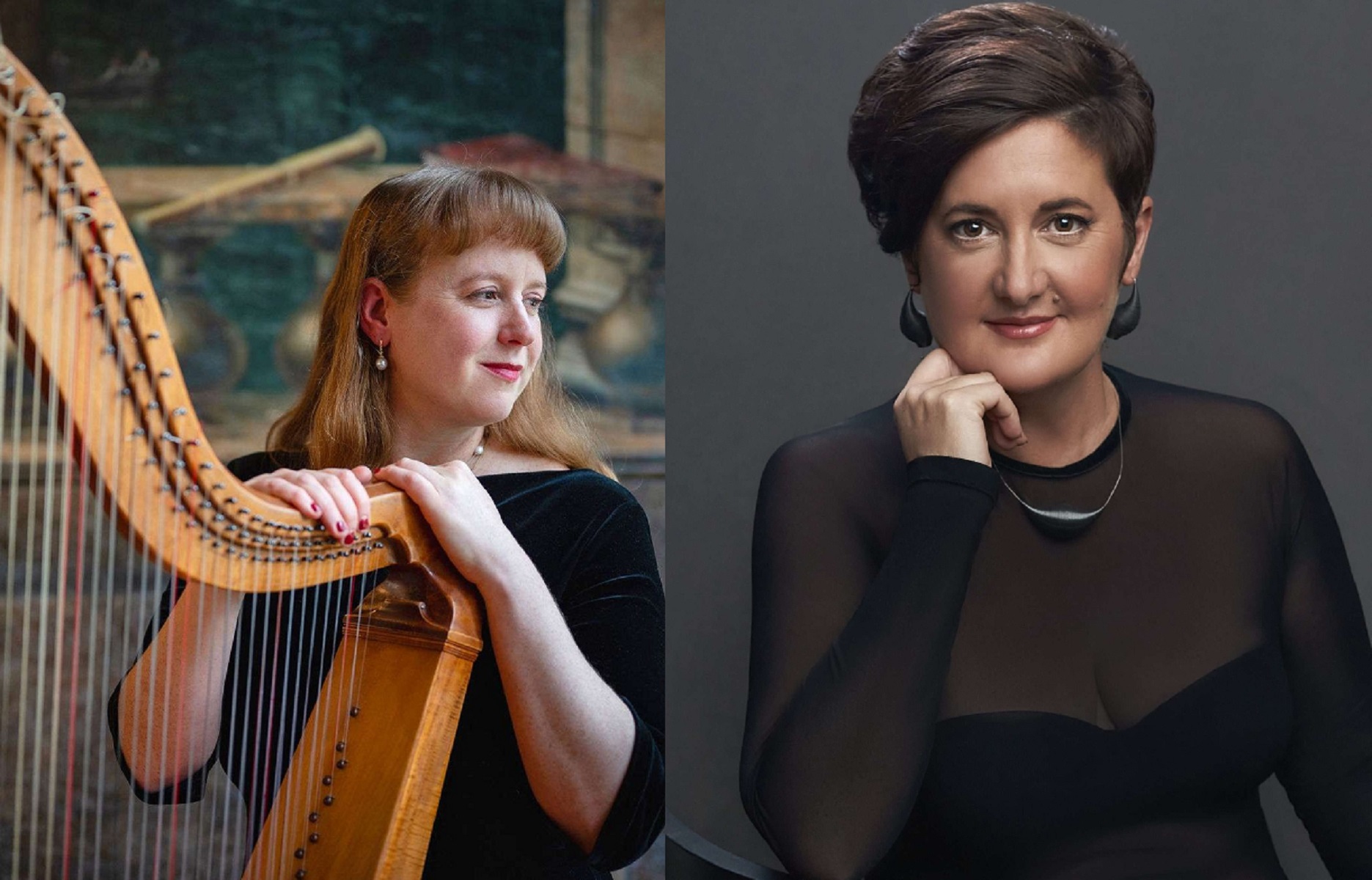
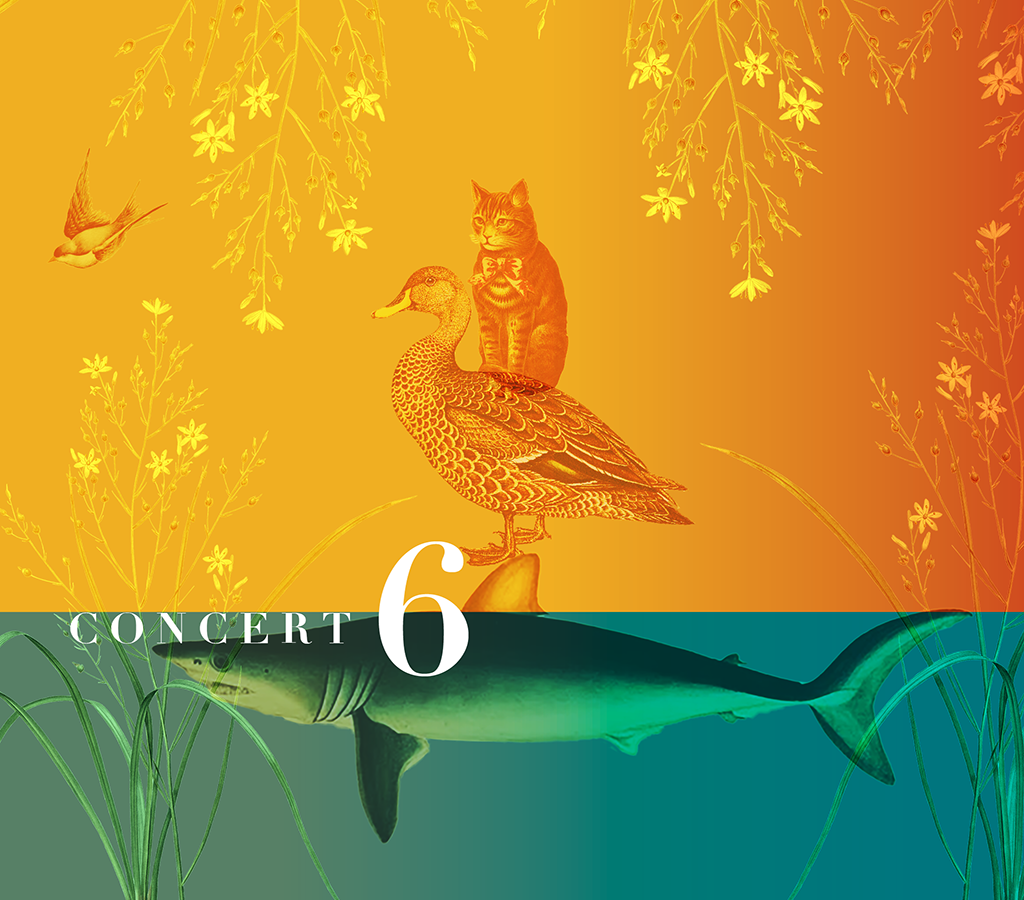

![user222 mrc mostlymozart [splendour of vienna] user222 mrc mostlymozart [splendour of vienna]](https://cdn-classikon.b-cdn.net/wp-content/uploads/2024/02/user222-mrc_mostlymozart_splendour_of_vienna.png)
